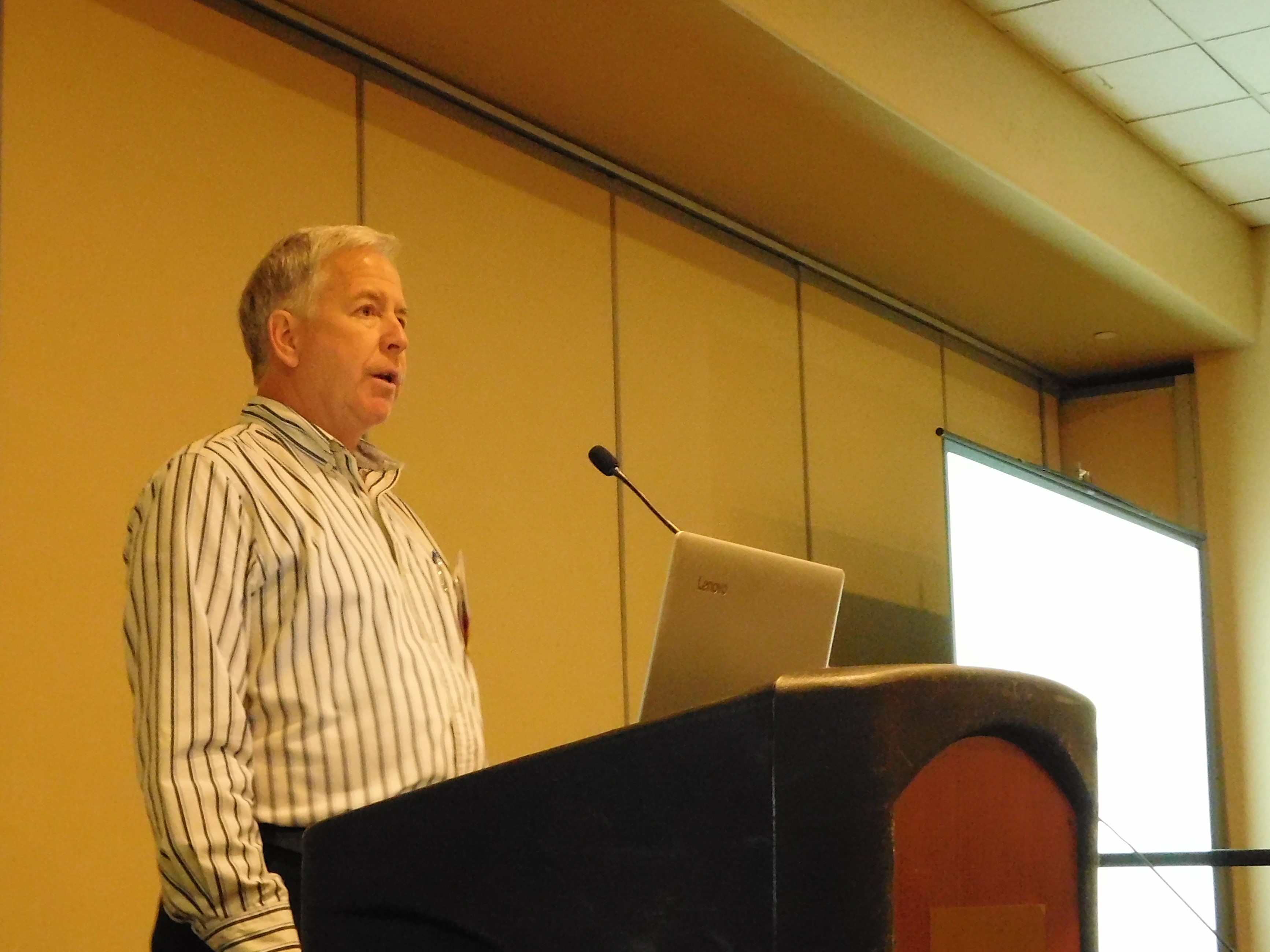
Scott McGinness, Vice President, Gregory & Appel Insurance
By George Leposky, Editor, TimeSharing Today
Recent Timeshare Board Members Association meetings have zeroed in on specific aspects of insurance coverage for timeshare resorts, such as business interruption, cyber insurance, and directors and officers. At the fall 2017 meeting in Las Vegas, Scott McGinness, vice president of Gregory & Appel Insurance in Indianapolis IN, took a more comprehensive approach: listing the full scope of coverages a typical resort should consider for protection to manage a broad range of potential risks.
McGinness noted that legacy resorts in particular face insurance challenges, because they have older buildings, tight budgets, an aging owner base, maintenance issues, and limited resources for safety and loss prevention. Also, they may be self-managed or locally managed.
“Age is an issue,” he said, “but adequate maintenance is key.” Also, he said, self-managed resorts often have an experienced management team and access to third-party resources through their exchange companies, insurance agent, and carrier. The agent or carrier can provide safety inspections, policy reviews, building-valuation services, topics and materials for safety meetings, and contract reviews to ensure that vendors list the owners’ association on their policies as an additional insured for work being done at the resort.
“Verify that the coverages you need exist on the policy. Often they do not,” McGinness advised. For example, wind and hail coverage should be on a per-building basis, not per-location. Also, be sure to include ordinance and law coverage, which pays any extra costs for rebuilding to meet current code requirements.
He warned that the future of the National Flood Insurance Program (NFIP) is uncertain, because it was already $25 billion in debt before Hurricanes Harvey, Irma, and Maria struck. “There has been some talk about not offering coverage to repeat claimants,” he reported.
The NFIP is imperfect in some ways, including the absence of business-interruption insurance. “This is a key coverage,” McGinness emphasized. “The resort will not likely survive an interruption without it.” He advised boards to ask whether their policy includes coverage for unpaid maintenance fees, maintenance-fee reimbursement to owners, and the cost of alternate accommodations.
With respect to general liability insurance, McGinness said resorts should verify that their classification is Condominiums – Association Risk, 62003. “It’s the least expensive, based on the number of insureds,” he explained. Improper classification can impact pricing, leave owners unprotected, and violate the association’s governing documents.
Third-party liability coverage includes claims due to alleged violations of the Americans with Disabilities Act, covering not only liability for the resort’s physical premises, but also its website.
McGinness said directors and officers (D&O) coverage should include employment practices liability. Unfortunately, D&O coverage is becoming harder to get. “A D&O claim almost always triggers non-renewal,” he warned. He said underwriters look for positive fund balances, low delinquency rates, and a favorable prior-loss history. Good business practices are the best way to avoid such claims, he said. “Your personal assets are on the line, so boards should find out what your coverage is, and ask questions.”
Every owners’ association needs cyber insurance if it keeps personal information of owners/members, uses the internet, and uses laptops, tablets and other portable devices, McGinness said. To prevent a cyber claim, he advised, educate all IT users; use and maintain malware, adware, spyware and virus-protection software; perform frequent vulnerability assessments; and back up your data.
“Cyber insurance responds to a wide variety of claims and helps assess your IT strengths and weaknesses,” he said. “Coverage is getting better and prices are coming down.”
